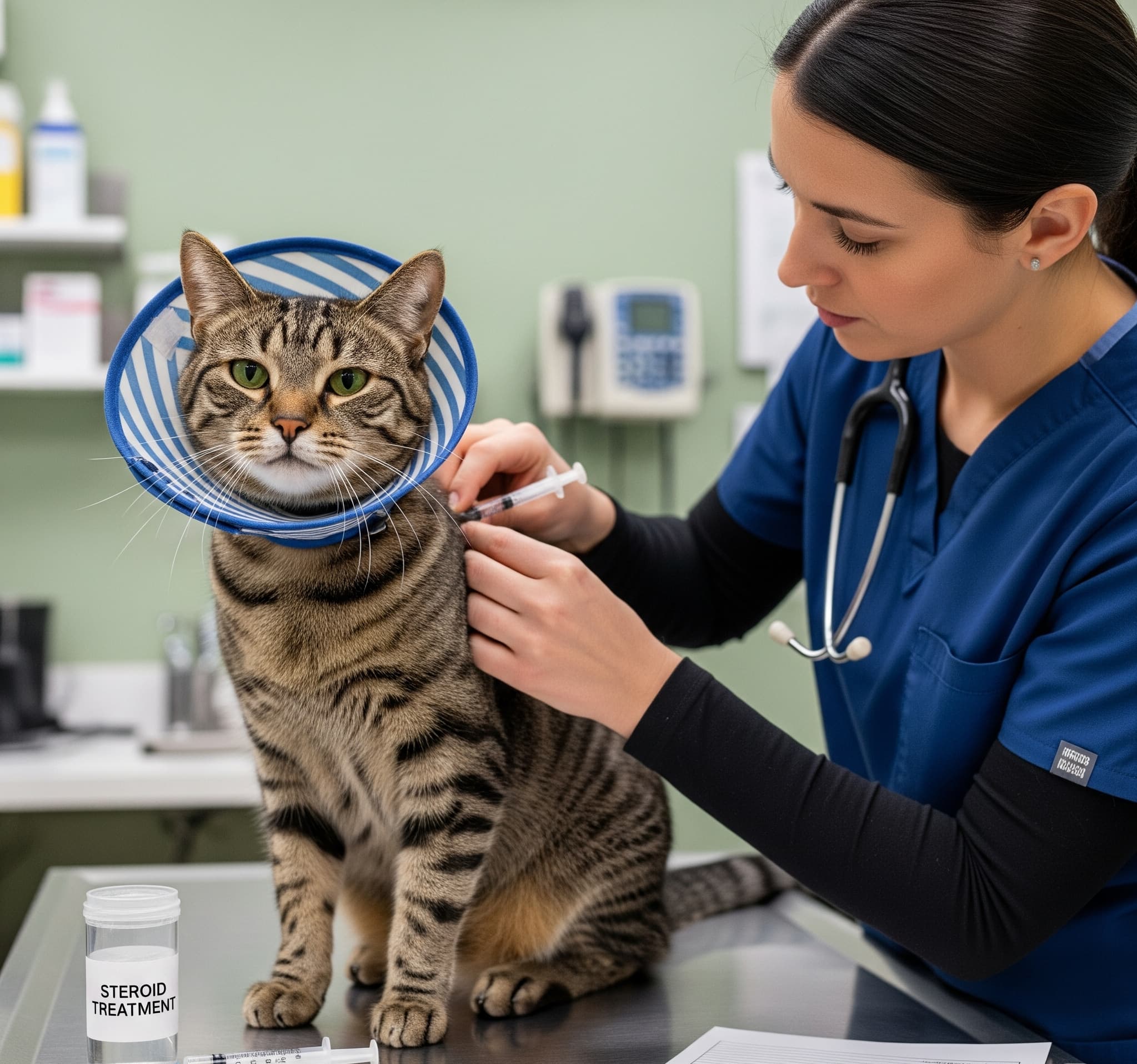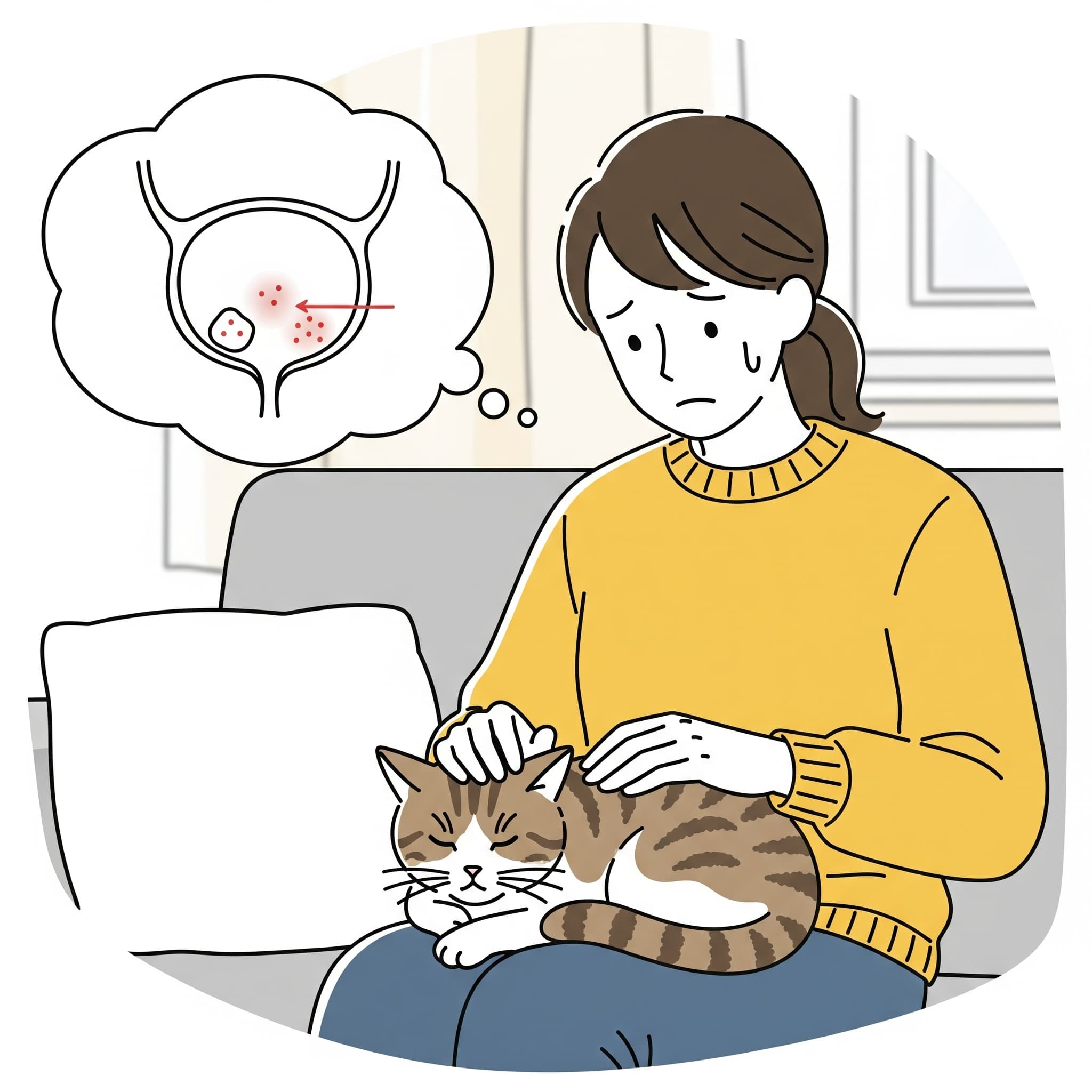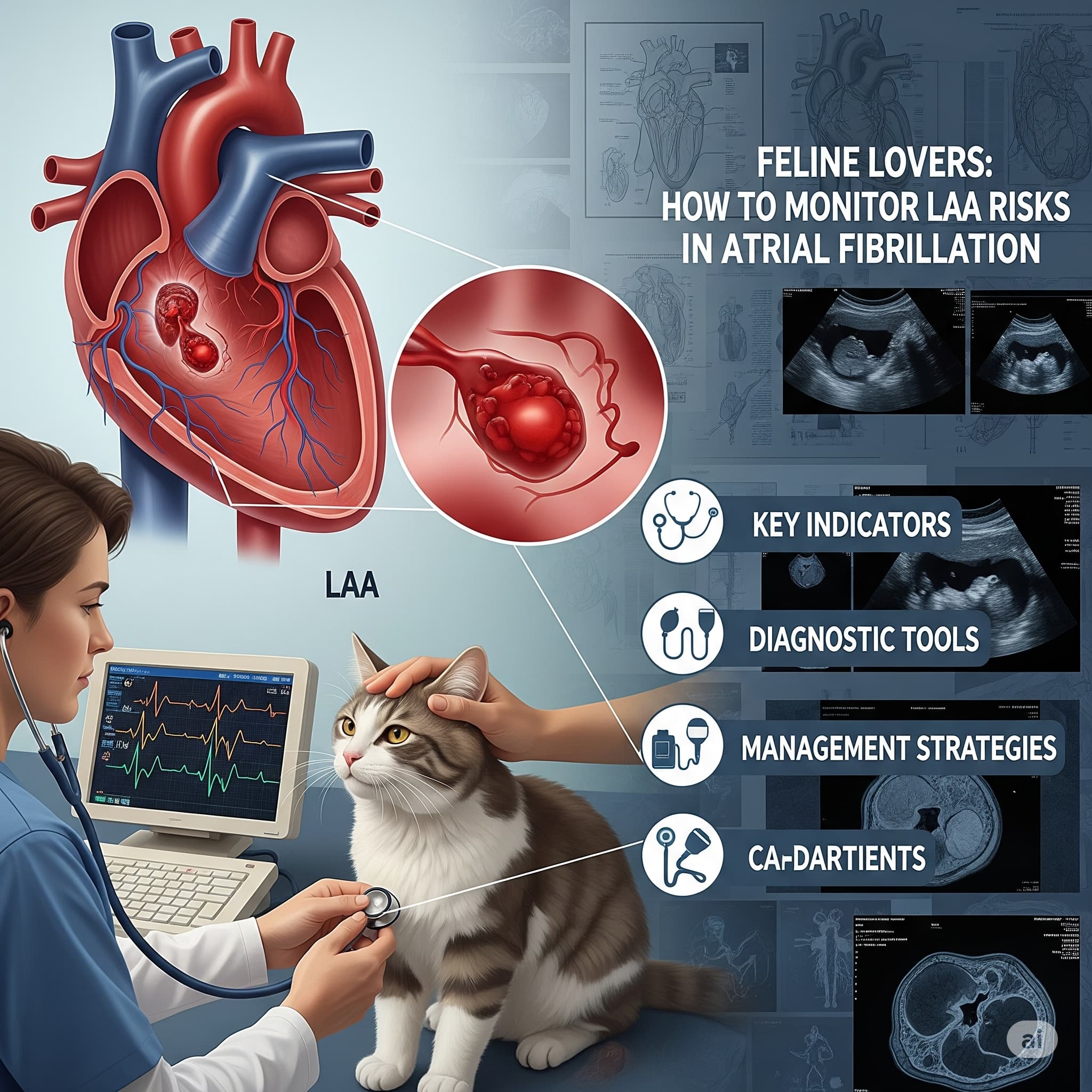Fresh Research: Steroids Boosting Survival in Acute Cat Nephritis Trends
Discover how glucocorticoids are transforming outcomes for cats with acute interstitial nephritis. The most recent clinical advances and practical guidelines are now available to you.
Introduction
When a sudden feline kidney crisis strikes, the best possible intervention can feel both urgent and uncertain. Acute interstitial nephritis literally inflames the kidney interstitial tissue, and the rapid decline can leave caregivers reeling. However, a promising multicenter study from early 2025 has positioned glucocorticoids as a pivotal intervention that significantly elevates survival rates. This article succinctly presents the leading findings and clinical recommendations from that study, empowering you to make informed decisions for your feline companion. We will examine:
- The pathophysiology of acute interstitial nephritis in cats.
- The mechanisms by which glucocorticoids mitigate damage.
- How glucocorticoids measure up against alternative therapeutics.
- Practical guidelines for dosing, monitoring, and tapering.
- Addressing caregiver concerns and misconceptions.
Join us as we chart a course through the evidence and refine our approach to acute interstitial nephritis, with glucocorticoids at the forefront.
The pathophysiology of acute interstitial nephritis in cats.
Whenever you think of your cat’s kidneys, visualize them as highly skilled purifiers, methodically removing waste. Acute interstitial nephritis (AIN) introduces an inflammatory process targeting the interstitial compartment of the kidney, the delicate connective matrix flanking the nephrons. Etiology can include infectious agents, idiosyncratic reactions to medications—especially certain antibiotics and non-steroidal anti-inflammatory drugs—or aberrant immune-mediated mechanisms. AIN contrasts sharply with the gradual decline seen in chronic kidney disease; its clinical onset is sudden, manifesting as lethargy, inappetence, and vomiting, often accompanied by mild polyuria. The changes can feel mild, yet when you observe your cat behaving just slightly “off,” trust your instinct that something fundamental is amiss. Observational and controlled studies confirm that AIN ranks among the frequent post-acute kidney injury diagnoses in feline patients, with the potential to progress to irreversible damage if management is delayed. The encouraging aspect is that prompt therapeutic measures frequently alter the course, and glucocorticoids have emerged as pivotal in fostering renal recovery.
The mechanisms by which glucocorticoids mitigate damage.
The rationale for deploying glucocorticoids—most commonly prednisolone—boils down to their capacity to stabilize damaged vascular endothelium and suppress the inflammatory cytokine cascade. Experimental and clinical observations, especially in the human counterpart of AIN, indicate that early steroid administration correlates with improved endpoints such as decreased serum creatinine and expedited return of normal urine concentrating ability. AIN’s inflammatory phase, when renal function is most labile, is the precise moment when glucocorticoids can exert their most protective effect. Importantly, feline-specific pharmacokinetics and the relatively low side-effect profile observed in short-term use of prednisolone support its selective integration in acute renal inflammatory syndromes. Thus, when faced with the picture of acute interstitial nephritis, reaching for the steroid is both a pragmatic and evidence-informed decision.
Felines present a distinct set of challenges with acute interstitial nephritis (AIN), and the effect of corticosteroids varies directly with the underlying etiology.
In cases where the condition is precipitated by medication, corticosteroids can temper the exaggerated immune response directed against the renal interstitium, facilitating the resolution of damaging immune cell aggregates, much like removing unwelcome visitors jamming the foyer. A veterinary investigation published in 2025 demonstrated that cats receiving corticosteroid therapy exhibited superior renal functional improvement compared with matched patients not given the agent, particularly when therapy was initiated within a week of clinical recognition. While this intervention does not eradicate the disorder, it does enhance the probability of meaningful recovery.
For a concise visual overview of renal disease in cats, I recommend this accessible video on YouTube: “Understanding Feline Kidney Disease.“
How glucocorticoids measure up against alternative therapeutics.
Let’s examine the options. Upon diagnosis of acute interstitial nephritis (AIN), veterinarians may recommend intravenous fluids, antibiotics, or general supportive care, with steroids often added to the mix. The question arises how steroid therapy measures up against these alternatives. Each of the treatments can be likened to a distinct tool, each appropriate in certain contexts. Fluids primarily restore hydration and facilitate the elimination of accumulated nitrogenous waste, yet they do not directly address the underlying inflammatory process. Antibiotics are warranted only when a bacterial infection is documented or highly suspected, but the majority of AIN cases are sterile, and culture yields remain negative. Steroids, by contrast, provide a potent, directed approach to suppress the inflammatory cascade, making them especially useful when the suspected trigger is an immune-mediated mechanism or a recent drug exposure.
A 2025 meta-analysis demonstrated that felines treated with glucocorticoids exhibited significantly higher estimated glomerular filtration rates (eGFR) upon follow-up compared with cohorts receiving strictly supportive care (43 mL/min versus 24 mL/min at two years). This improvement correlates with enhanced renal function and an increased quality of life for the patient. Nonetheless, glucocorticoids are not curative; they cannot reverse established interstitial scarring, and their therapeutic window closes if treatment is initiated after the first week of clinical signs. The decision to initiate therapy, therefore, requires careful clinical judgment, although glucocorticoids are frequently advantageous in acute presentations.
Practical guidelines for dosing, monitoring, and tapering.
Although the findings are encouraging, practitioners and owners must remain cognizant of the nuanced risks associated with steroid administration. The following five principles should guide clinical application:
- Early Intervention Is Critical: Administration within the first several days after the onset of acute interstitial nephritis (AIN) symptoms optimizes renal recovery; procrastination permits irreversible fibrogenesis.
- Individualized Dosing: The customary regimen involves prednisolone at 1-2 mg/kg orally daily, adjusted based on clinical and laboratory responses. Excessive dosage invites complications such as iatrogenic diabetes mellitus and immunosuppression.
- Monitor for Adverse Events: Regular assessments of electrolytes, urine specific gravity, and body condition score can detect deviations that merit dosage reassessment or concomitant management.
- Consider Concurrent Medications: When integrating glucocorticoids, veterinarians should evaluate the renal safety profiles of other administered drugs, particularly non-steroidal anti-inflammatory agents.
- Educate Owners on Long-Term Care: Owners must understand that steroid therapy is a component of a broader management strategy; they should be informed about potential side effects and the importance of follow-up.
Surveillance Is Essential: Consistent blood and urine assessments are vital to chart renal performance and catch adverse effects promptly. Surprises are best left at surprise parties.
Tailor the Approach: Corticosteroids are most effective in immune-mediated acute interstitial nephritis; in instances of toxin exposure or infectious agents, their utility diminishes. A renal biopsy will furnish diagnostic clarity.
Side Effect Radar: Polyuria, weight flux, and altered behavior are telltale signs of steroid impact. A sudden leap in drinking volume warrants immediate veterinary dialogue.
While the principles are familiar, executing steroid therapy mandates surgical finesse to harness its benefits without offsetting harm.
Addressing caregiver concerns and misconceptions.
Curious? Here’s what pet parents ask me the most:
When will the steroids kick in?
Steroids can quiet inflammation within a few days, but visible changes in things like appetite and energy often take a week or two. If the kidneys are involved, full recovery might stretch out longer, depending on the extent of the damage. So, while the medicine is busy, we practice a little patience.
Are steroids safe for my senior cat?
Generally, yes, but senior cats do face a higher risk of diabetes and infections. We play the safety game by starting at a low dose and keeping a close watch on how the body responds. It’s a careful balancing act, and a good plan keeps the cat safe while we reduce suffering.
How long will my cat be on steroids?
It really depends. Some cats complete the course in a few weeks; others might require a longer, gradual taper. We’ll be guided by the follow-up tests and how your cat is feeling. Think of it as a playlist you edit on the go, making sure every track is the right one.
Conclusion
The evidence is clear: corticosteroids are transforming the prognosis for cats diagnosed with acute interstitial nephritis, enhancing both short-term recovery and long-term quality of life when integrated judiciously into clinical management. A pivotal 2025 study demonstrated superior outcomes compared to traditional conservative protocols in a significant proportion of cases, highlighting the need for a shift in treatment paradigms. Nonetheless, the intervention is far from uniform; precise timing, tailored dosing, and vigilant follow-up remain essential to mitigate potential adverse effects. Should your cat exhibit clinical signs suggestive of renal compromise, prompt discussion with your veterinarian about the steroid protocol is imperative to capitalize on the therapeutic window.
We invite you to contribute to the dialogue: what challenges have you faced in managing feline renal disease? Have corticosteroids altered your cat’s clinical course? Please share your insights in the comments; your experiences are invaluable to fellow guardians. For ongoing evidence-based guidance delivered to your inbox, consider subscribing to our newsletter.




Post Comment